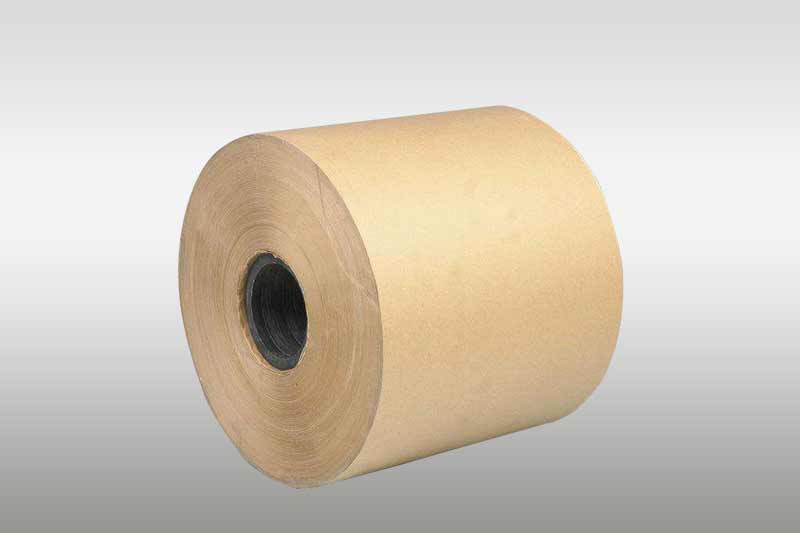Insulating materials commonly used in electrical engineering can be divided into inorganic insulating materials, organic insulating materials and mixed insulating materials according to their different chemical properties. Commonly used inorganic insulating materials include: mica, asbestos, marble, porcelain, glass, sulphur yellow, etc. They are mainly used as winding insulation for motors and electrical appliances, base plates for switches and insulators, etc. Organic insulating materials include: insect glue, resin, rubber, cotton yarn, paper, hemp, rayon, etc., mostly used for the manufacture of insulating paint, winding wire covered with insulating material, etc. Mixed insulating materials are made from the above two materials through the processing of a variety of molding insulating materials, used as the base of electrical appliances, shell, etc..
The role of insulating materials is to isolate electrically charged parts with different electrical potentials in electrical equipment. Insulating materials should therefore firstly have a high insulation resistance and voltage strength, and be able to avoid accidents such as leakage and breakdown. In addition, they should have good thermal conductivity, moisture and lightning resistance and high mechanical strength as well as easy processing and other characteristics. According to the above requirements, the performance indicators of commonly used insulating materials are insulation strength, tensile strength, specific gravity, expansion coefficient, etc.
Dielectric strength: The higher the voltage applied to the ends of the insulator, the greater the electric field force on the charges within the material, the more likely it is that ionisation collisions will occur, resulting in breakdown of the insulator. The minimum voltage at which an insulator breaks down is called the breakdown voltage of this insulator. The number of kilovolts needed to make a 1 mm thick insulating material breakdown is called the insulation strength of the insulating material, or insulation strength for short. As insulating materials have a certain insulation strength, various electrical equipment, various safety appliances (electrician's pliers, test pens, insulating gloves, insulating rods, etc.), various electrical materials, manufacturers have specified a certain allowable voltage, called the rated voltage. When using the voltage should not exceed its rated voltage value, in order to avoid accidents.
Tensile strength: insulating material unit cross-sectional area can withstand the tensile force, for example, glass per square centimetre cross-sectional area can withstand the tensile force of 1400 Newton.
Insulation material insulation performance and temperature has a close relationship. The higher the temperature, the worse the insulating properties of the insulating material. To ensure the strength of insulation, each insulating material has an appropriate maximum permissible working temperature, below which it can be used safely for a long time, beyond which it will age rapidly. According to the degree of heat resistance, insulating materials are classified into grades Y, A, E, B, F, H, C, etc. For example, the maximum permissible working temperature of Class A insulating materials is 105°C. Most of the insulating materials used in distribution transformers and electric motors generally belong to Class A.

The maximum permissible working temperature (℃) of the heat-resistant grade is equivalent to the heat-resistant grade of insulation materials briefly described
Y90 Insulation structure made of unimpregnated cotton yarn, silk and paper or their combinations
A105 Insulating structures made of impregnated or liquid dielectric (e.g. transformer oil in cotton, silk and paper or combinations thereof)
E120 Insulating structures made of synthetic organic films, synthetic organic enamels and other materials or combinations thereof
B130 Insulating structures made of mica, glass fibre, asbestos, etc., bonded or impregnated or coated with suitable resins, and other inorganic materials, suitable organic materials or combinations thereof
F155 Insulating structures consisting of mica, glass fibre, asbestos, etc., bonded or impregnated or coated with suitable resins, and other inorganic materials, suitable organic materials or combinations thereof
H180 Insulating structures consisting of mica, glass fibre, asbestos, etc., or combinations thereof, bonded or impregnated with suitable resins (e.g. silicone resins), coated or impregnated
C180+ Insulating structures made of mica, glass fibre, unimpregnated mica, ceramic, quartz or combinations thereof, bonded or impregnated with suitable resins or coated with suitable resins.